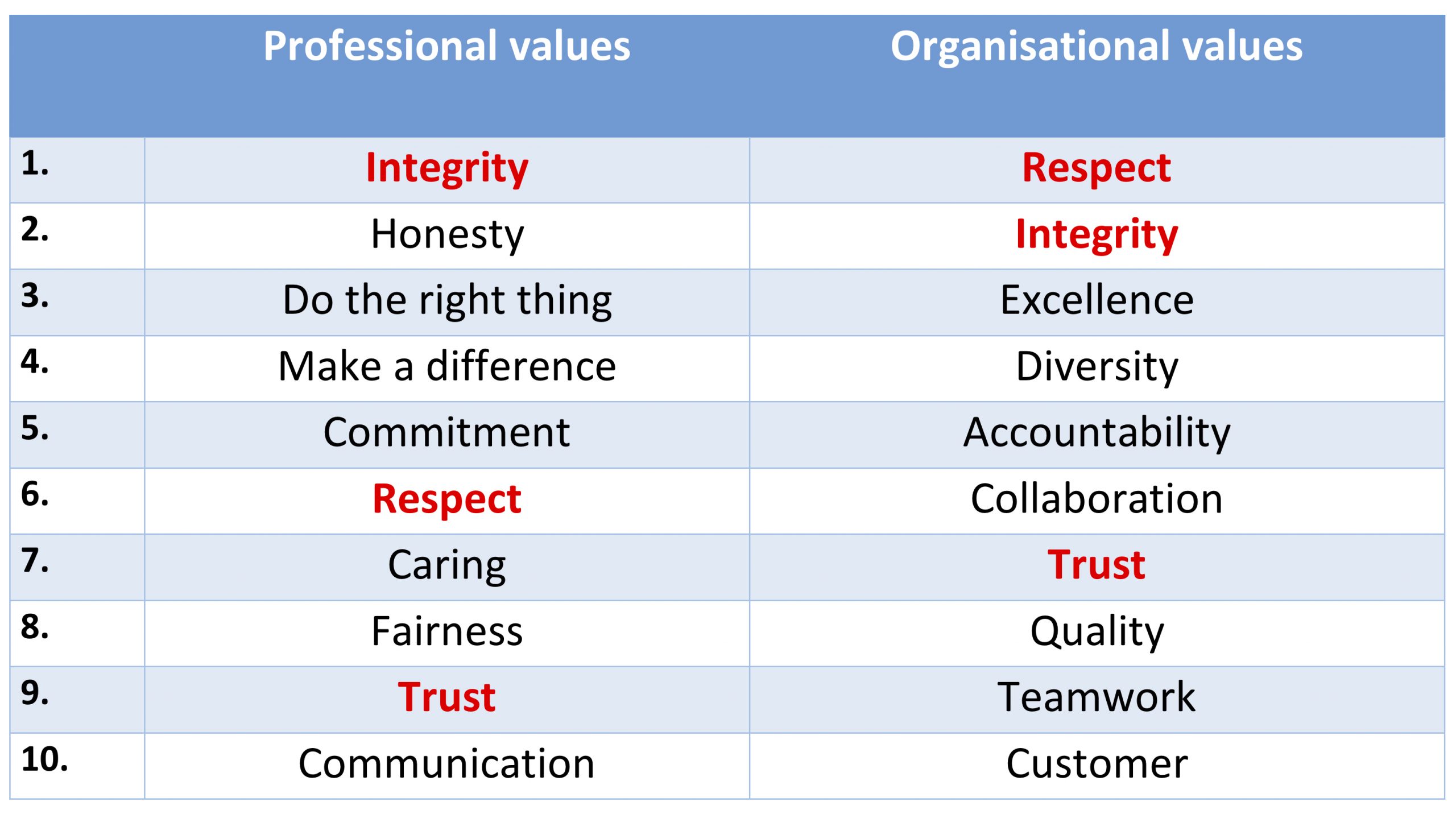Business Bites: Authenticity and aligning values
What do we mean by authenticity? This seems to be a bit of a buzzword doing the rounds right now in relation to leadership.
In the Insights article, ‘Authentic leadership: to thine self be true’1, we read: “It’s amazing how many of us have two sides to our personality, a ‘work me’ and a ‘home me’. At work, we often try to come across a certain way, whether it’s to garner more recognition or to fit in with our managers and colleagues; we end up changing ourselves and how we act. This is especially true in leadership, where managers often feel pressure to fit their personality to match their role.
“The problem is that by ‘acting the role’ of leader, those around them often feel like they’re being lied to or deceived. Then leaders are stunned when their employees don’t like them, don’t trust them and end up leaving. However, if individuals can remain authentic in their leadership approach, they can bring their whole self to work while still being effective, productive and inspiring leaders.
“There is a perceived level of expectation around what a great leader should do and how she/ he should behave. These expected norms can create myths about leadership being inspirational, exhibiting unrelenting confidence, having unwavering decision making, showing unshakeable self-belief and revealing no signs of personal weakness. In authentic leadership, whilst some of these may well help in the execution of the role, the real test is somewhat more grounded.”
Authentic leaders:
• Continually commit to their own learning in order to understand themselves as a person and how they and others see the world
• Have an ability to get their ego out of the way – they truly empower and develop others
• They influence and inspire others by revealing a bit about themselves
• Deliver great outcomes over longer periods of time
• Demonstrate behaviours which enable you to trust in them all of the time
• Take ownership when they have made a mistake and share responsibility for any mistake
• Show the necessary courage to push further up the leadership chain, to question current status quo or defend their people or processes
Authentic leaders understand their values and how they align with those of the organisation.
So what about values?
The Institute of Leadership & Management (ILM) guide2 gives us useful information. The table below identifies the overall top 10 personal values identified in the ILM’s 2019 research report: ‘Colliding or aligning: reconciling organisational and personal values’: “We asked participants to identify their top three personal values and found that these predominantly clustered around community, integrity and respect for others, rather than what might be seen as the more functional values related to the measures of success.”
The same report identified the top 10 organisational values.
Comparing ‘personal values’ and ‘organisational values’, the report authors noted: “We found that there is misalignment between individuals’ values and organisational values across sectors and across industries.”

However, merely having a statement of values is not enough. Previous research carried out by the ILM in partnership with Business in the Community (2014) found that 51 per cent of managers had been asked to do something that went against their organisation’s stated values at some point in their careers.
Chris Edmonds, in his article for HR People & Strategy3, gives a four-step guide to aligning values, which might also make for valuable reading.
References
1. Robinson S. and O’Dea V. Authentic Leadership – to thine self be true. Insights Group, 2014.
2. The Institute of Leadership & Management. Leadership Essentials, Aligning Values, 2020.
3. Edmonds C. Four steps to ensure values alignment and reduce workplace stress. HR People and Strategy, 11 August 2017.